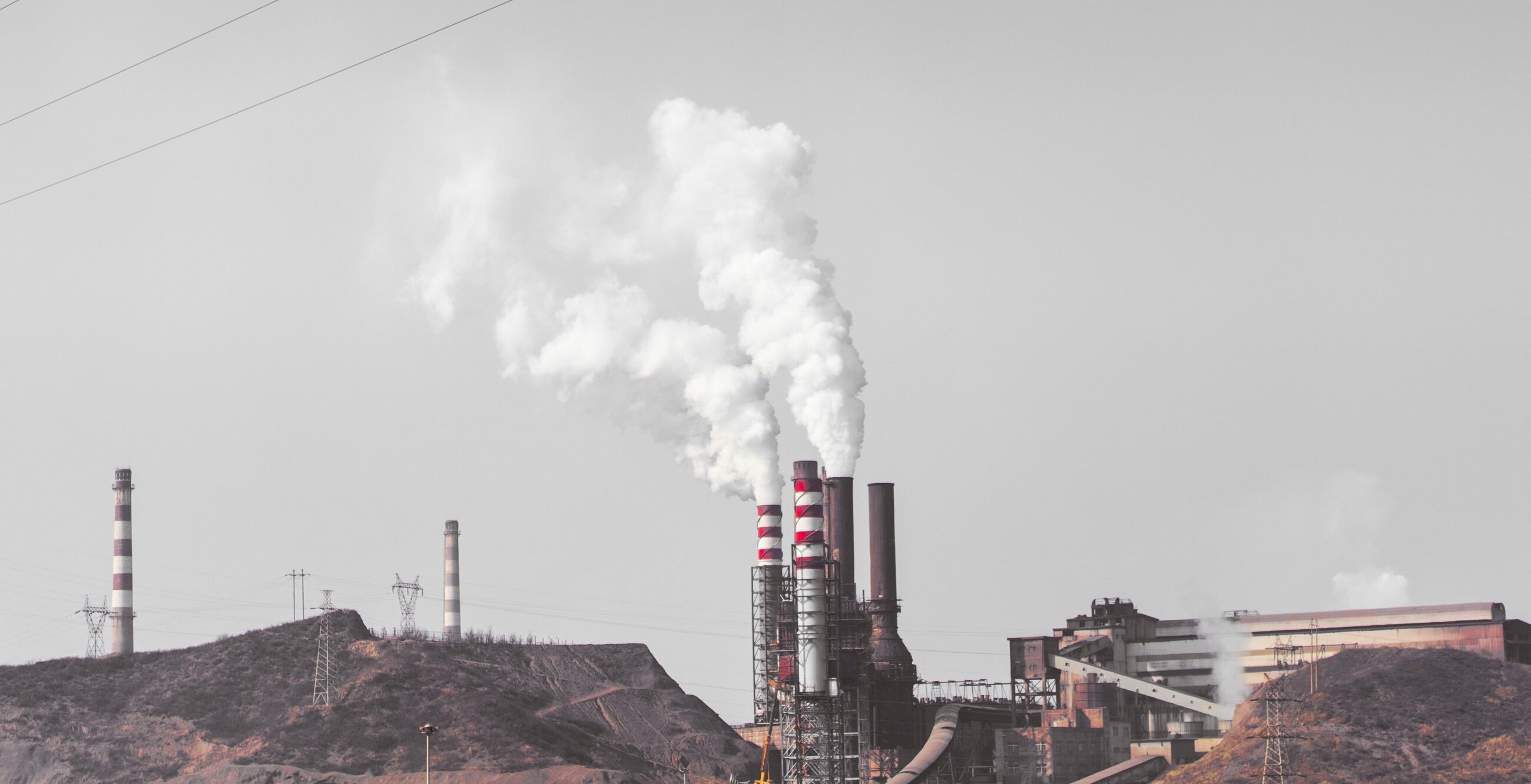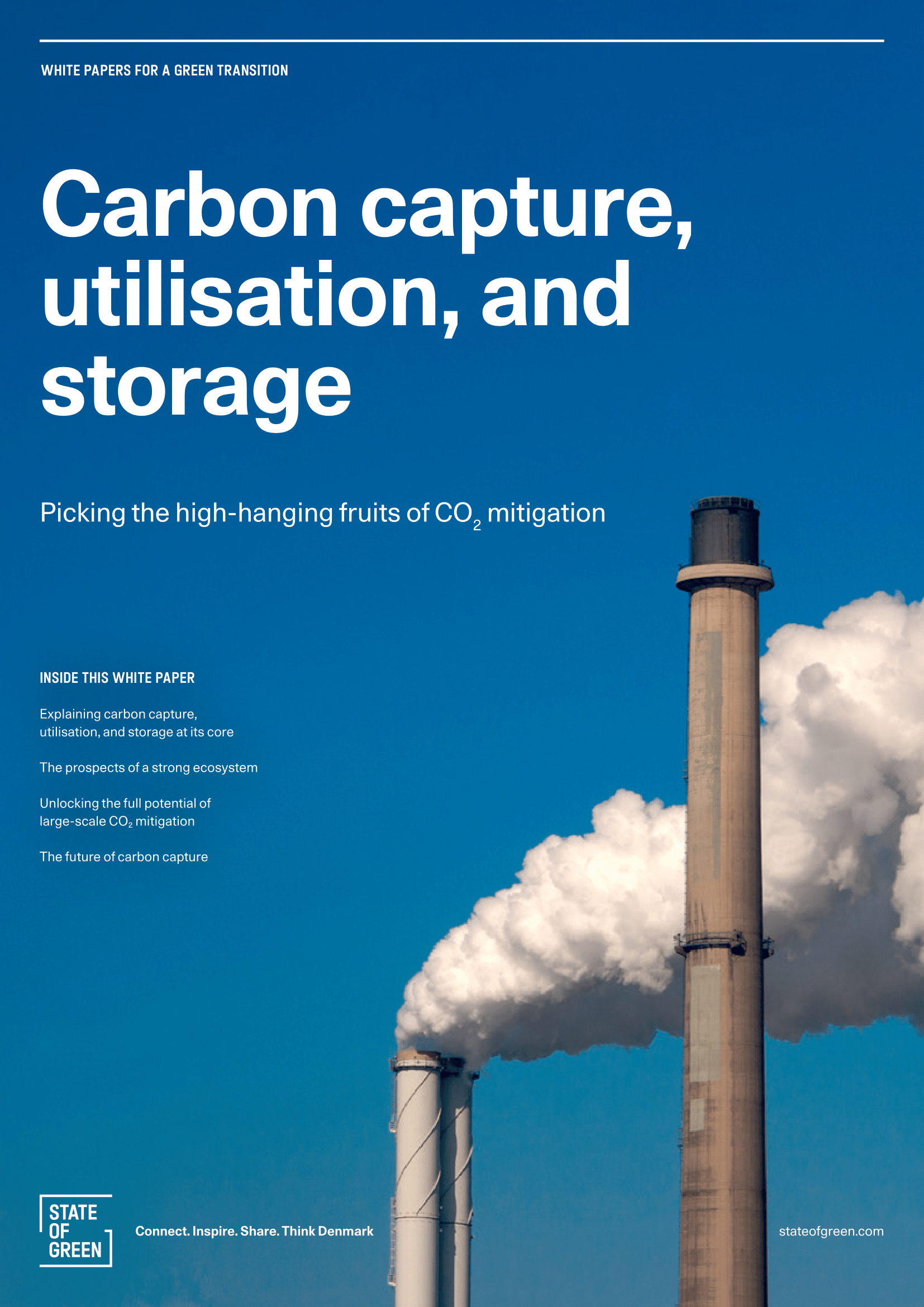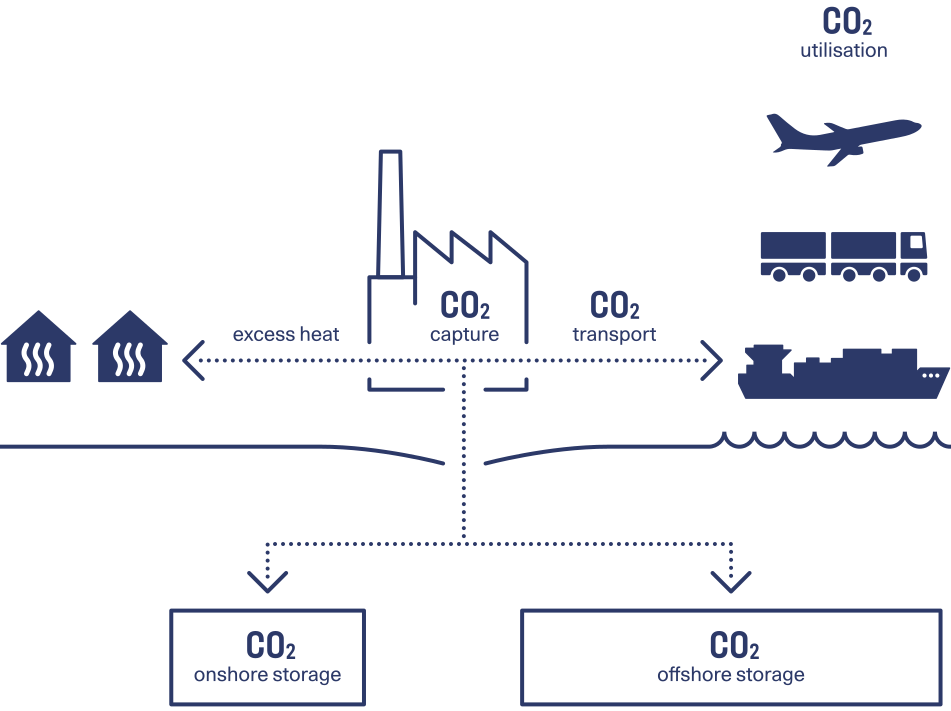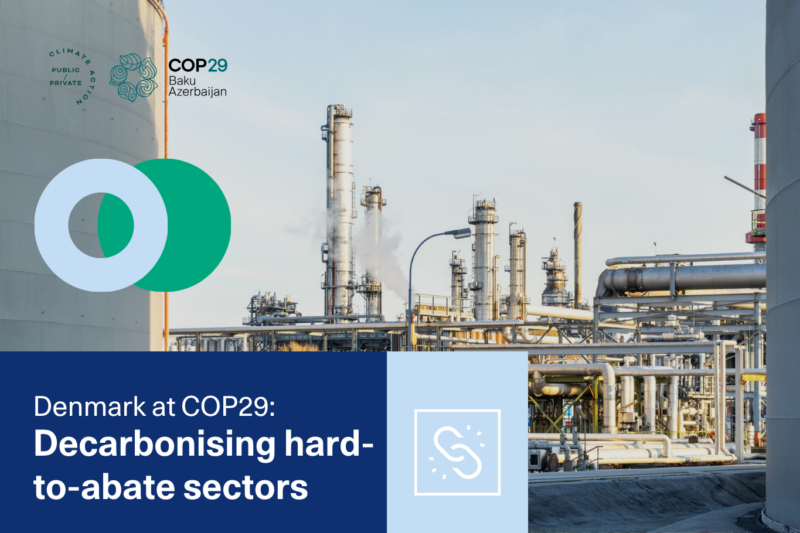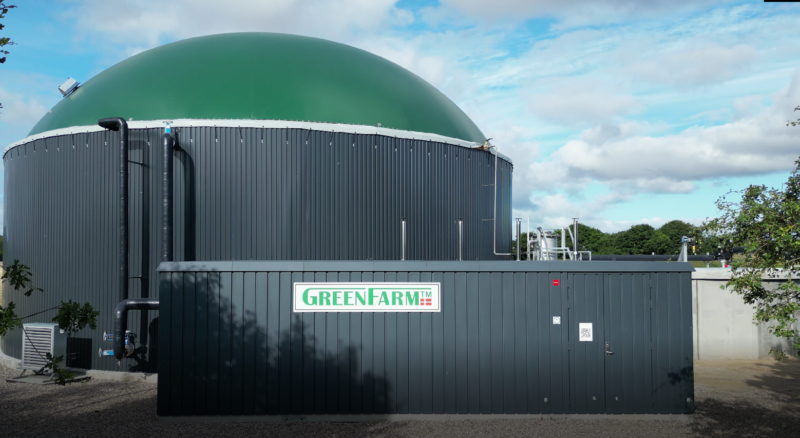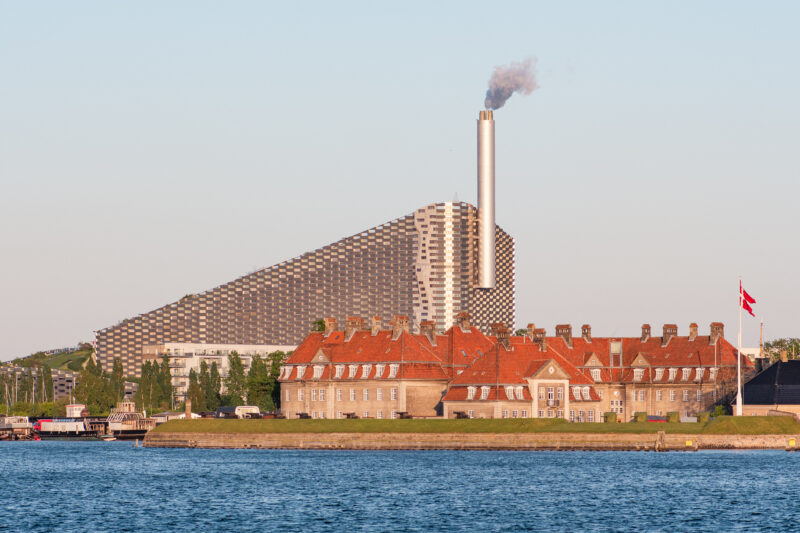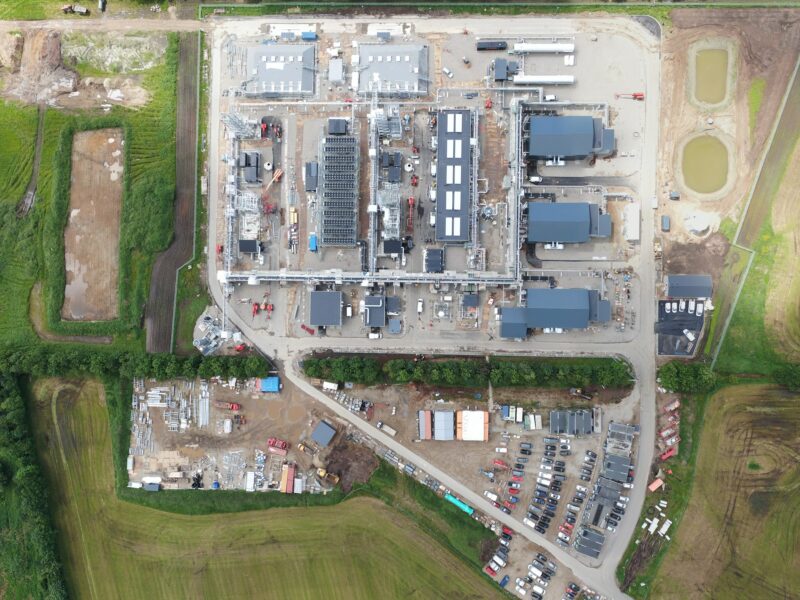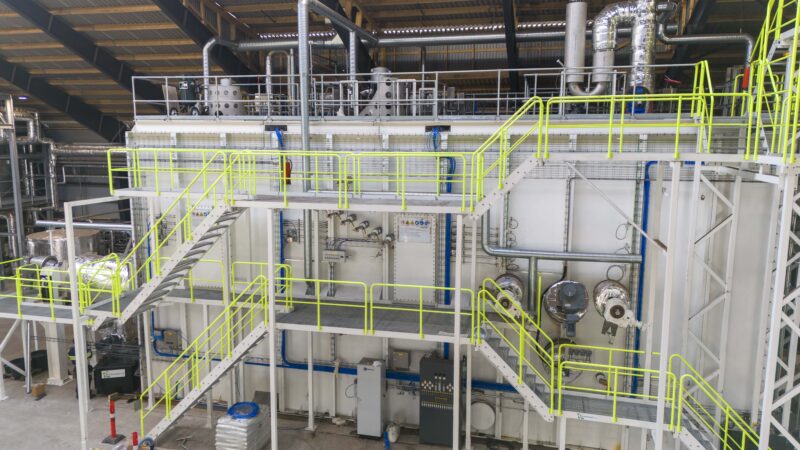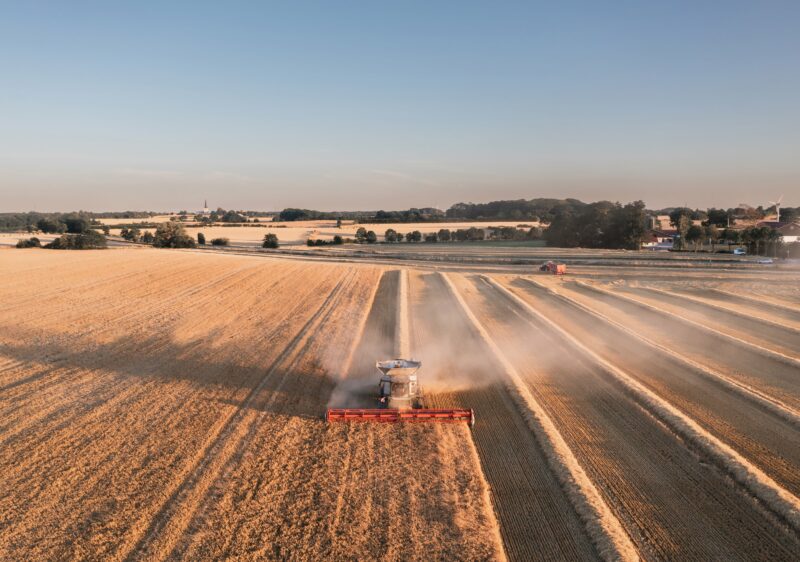The purpose of CCUS is to prevent the release of large amounts of carbon dioxide (CO₂) into the atmosphere, but also to make biogenic CO₂ a valuable green commodity.
Today, carbon can be captured from the smoke from industries and from heat and power plants and waste-to-energy facilities, or it can be separated from biogas plants instead of being emitted into the air.
One way of capturing CO₂ is to conduct it through long pipes down to a liquid, which, among other substances, consists of additives that help absorb the CO₂ in the liquid. Once the CO₂ has been absorbed in the liquid, it can be separated and utilised for alternative purposes, or stored underground – onshore or offshore.
Storing CO2
Storing CO₂ is done by pumping the carbon into the many small cavities of the underground, while the above clay layer acts as a lid. As stated earlier, the Danish underground can store between 500 and 1000 years of the total Danish emissions at the current level.
CO2 utilisation
If the captured biogenic carbon is put to use, it can be synthesised into green fuels, which can fuel aircrafts and the maritime fleets of the future. When utilising the captured CO₂, the CO₂ is recycled and thereby prevents other emissions from fossil fuels. CO₂ is already a valuable commodity and today the world uses 230 million tonnes (Mt) of CO₂ from fossil fuel sources each year, according to the International Energy Agency.
